1914 Star
Also known as the Mons Star, the 1914 Star was instituted in 1917 for service ashore in France and Flanders between 5th August and 22nd November 1914. The majority of recipients were officers and men of the British Expeditionary Force (the Old Contemptibles) who landed in France soon after the outbreak of the War and who took part in the retreat from Mons. The reverse is plain and engraved with the recipient's number, rank, name and unit. Over 362,000 were awarded in total. Recipients of this medal also received the British War Medal and the Victory Medal.
A Clasp, often referred to as Clasp and Roses was instituted in 1919 and awarded to those who were under fire, or had operated within range of mobile artillery during the above period. When the ribbon bar was worn alone, recipients of the clasp wore the small rosette on the bar.
|
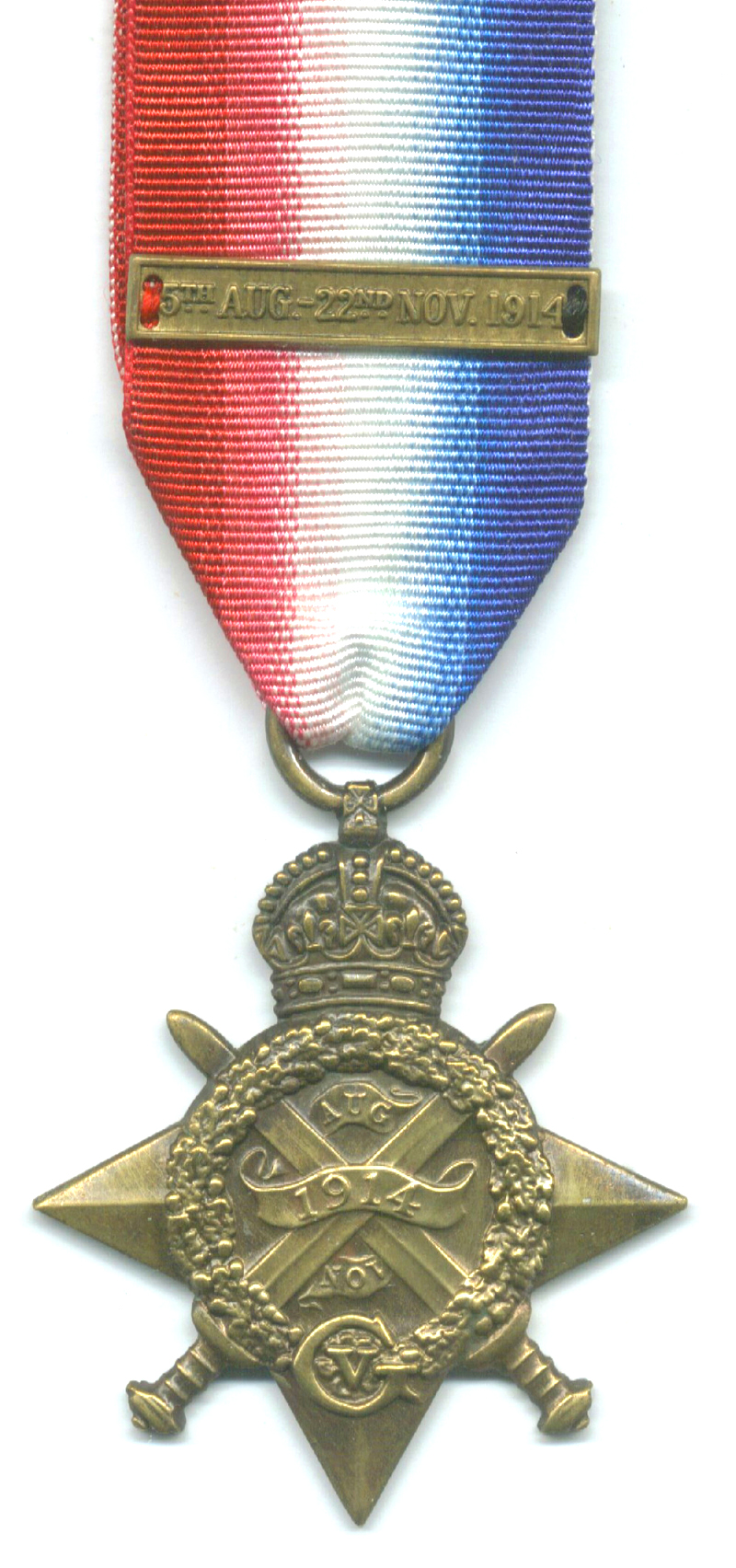 |
1914-15 Star
The 1914-15 Star was approved in 1918 for issue to officers and men who served in any theatre of the War between 5th August 1914 and 31st December 1915, other than those who had already qualified for the 1914 Star. Over 2,366,000 were awarded. Recipients of this medal also received the British War Medal and the Victory Medal.
|
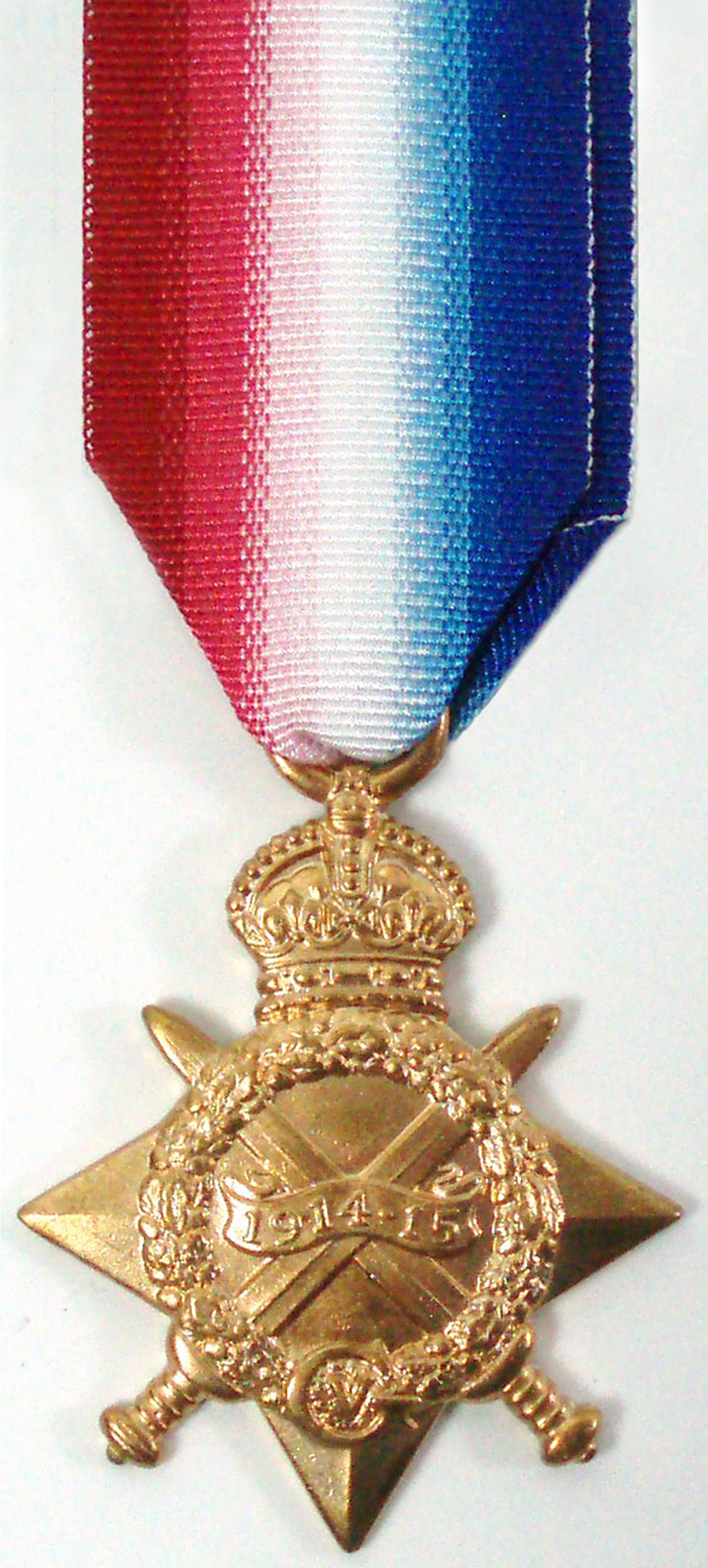 |
British War Medal
The medal was approved in 1919, for issue to officers and men of British and Imperial forces. Recipients were required to have either entered an active theatre of war, or left the United Kingdom for service overseas, between 5th August 1914 and 11th November 1918 and completed 28 days of service. The same criteria were applied for staff of officially recognised non-military hospitals, such as those run by the Red Cross, and members of the women's auxiliary forces. The medal was automatically awarded in the event of death on active service during the above period. Over 6,500,000 were issued, most being the silver version, the bronze version being awarded to those serving in foreign labour corps. The recipient's service number, rank, name and unit was engraved around the rim.
|
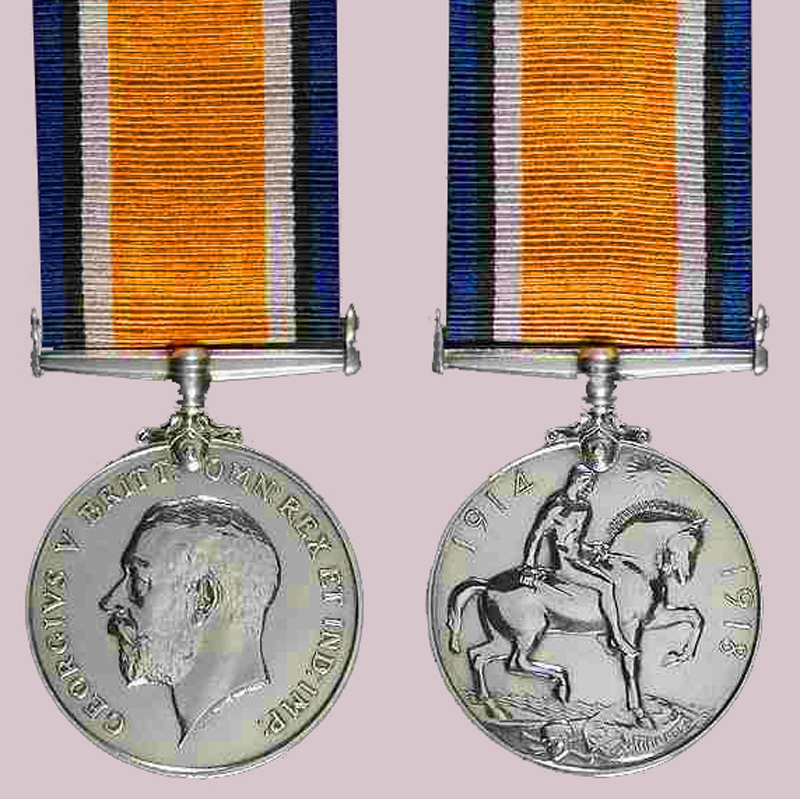 |
Victory Medal
The Victory Medal was authorised in 1919 and was awarded to all eligible personnel who served on the establishment of a unit in an operational theatre between 5th August 1914 and 11th November 1918. Women qualified for this and the earlier two medals for service in nursing homes and other auxiliary forces. Over 5,500,000 were issued.
The basic design and ribbon was adopted by many countries in accordance with the decision of the Inter-Allied Peace Conference at Versailles. The dates of the war were in every case 1914 to 1918, except that of the British Empire, which gave the dates as 1914 to 1919. The medal was issued to all those who received the 1914 Star or 1914-15 Star and to most of those who were awarded the British War Medal. It was never awarded singly. The recipient's service number, rank, name and unit was engraved around the rim.
The above medals were sometimes irreverently referred to as Pip, Squeak and Wilfred, with Pip representing either the 1914 Star or 1914-15 Star, only one of which could be awarded to a soldier; Squeak represented the British War Medal; and Wilfred represented the Victory Medal. The names came from characters from a cartoon strip in The Daily Mirror and Sunday Pictorial.
|
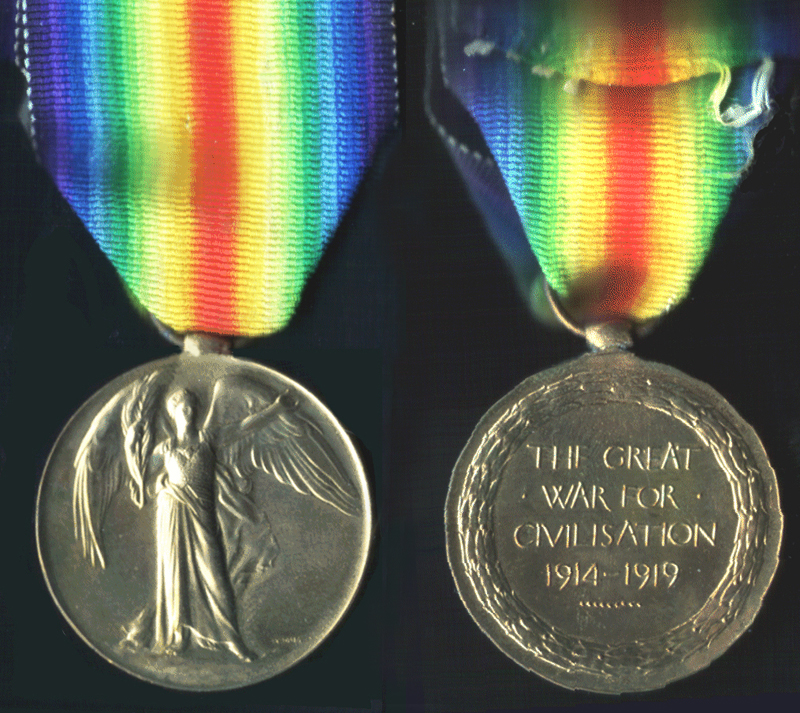 |
Territorial Force War Medal
The medal was established in April 1920 for award to members of the Territorial Force and Territorial Force Nursing Services who volunteered for service overseas on or before 30 September 1914, and served overseas. They had to have been serving with the force on 4 August 1914 or have completed four years service with the force before 4 August 1914 and rejoined the force on or before 30 September 1914. Recipients of the 1914 Star or 1914-15 Star could not receive the Territorial War Medal.
Only 34,000 Territorial Force War Medals were issued, making it the rarest of the five British Great War medals.
|
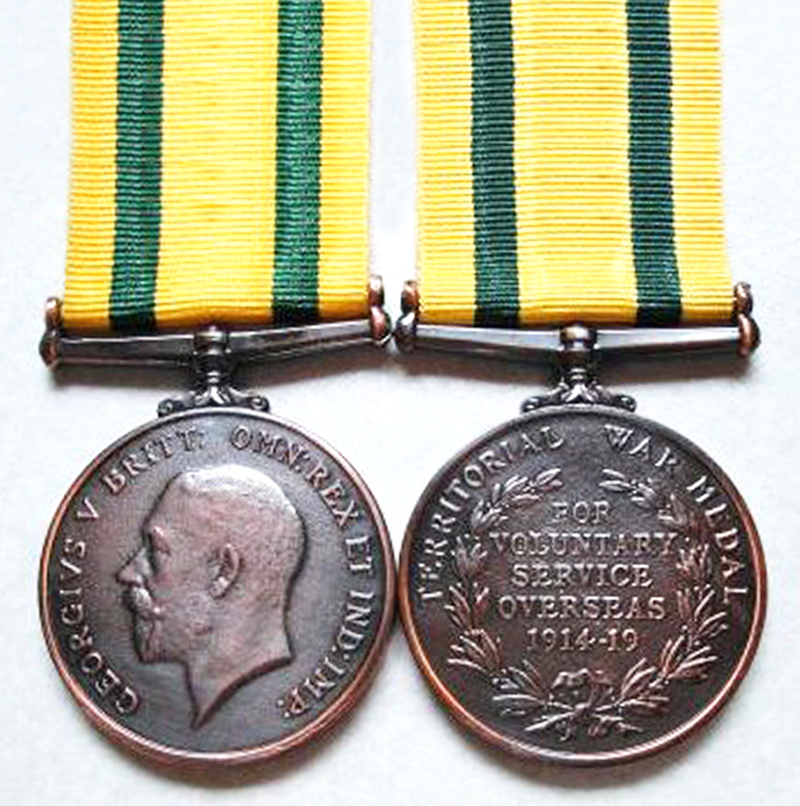 |
Silver War Badge
The Silver War Badge was issued in September 1916 to officers and men who were discharged or retired from the military forces as a result of sickness or injury caused by their war service. After April 1918 the eligibility was amended to include civilian medical staff and aid workers.
Around the rim of the badge was inscribed "For King and Empire; Services Rendered". It became known for this reason also as the "Services Rendered Badge". Each badge was also engraved with a unique number on the reverse, although this number is not related to the recipient's Service Number. The badge was made of sterling silver and was intended to be worn on the right breast of civilian clothing. It was not permitted to be worn on a military uniform.
There were about 1,150,000 Silver War Badges issued in total for First World War service.
|
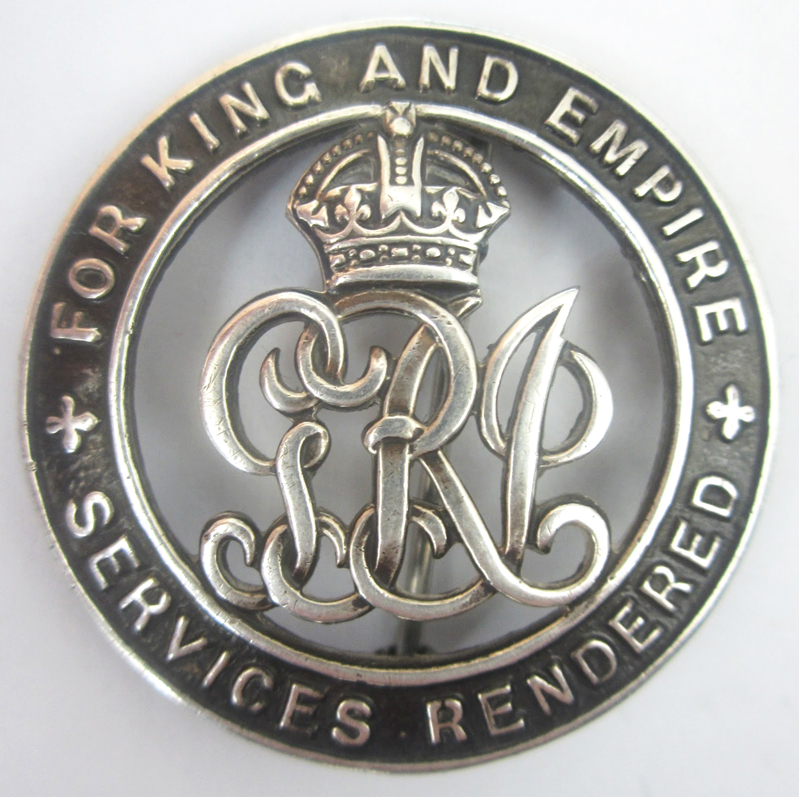 |









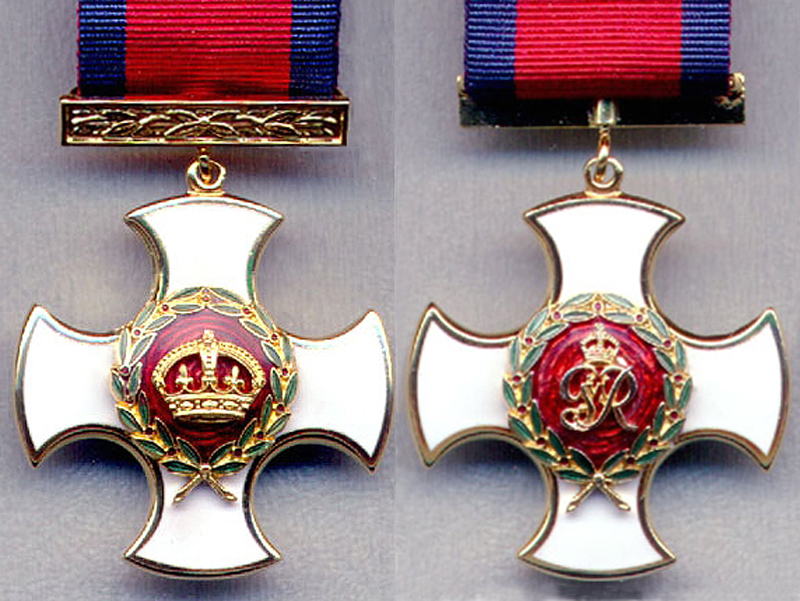
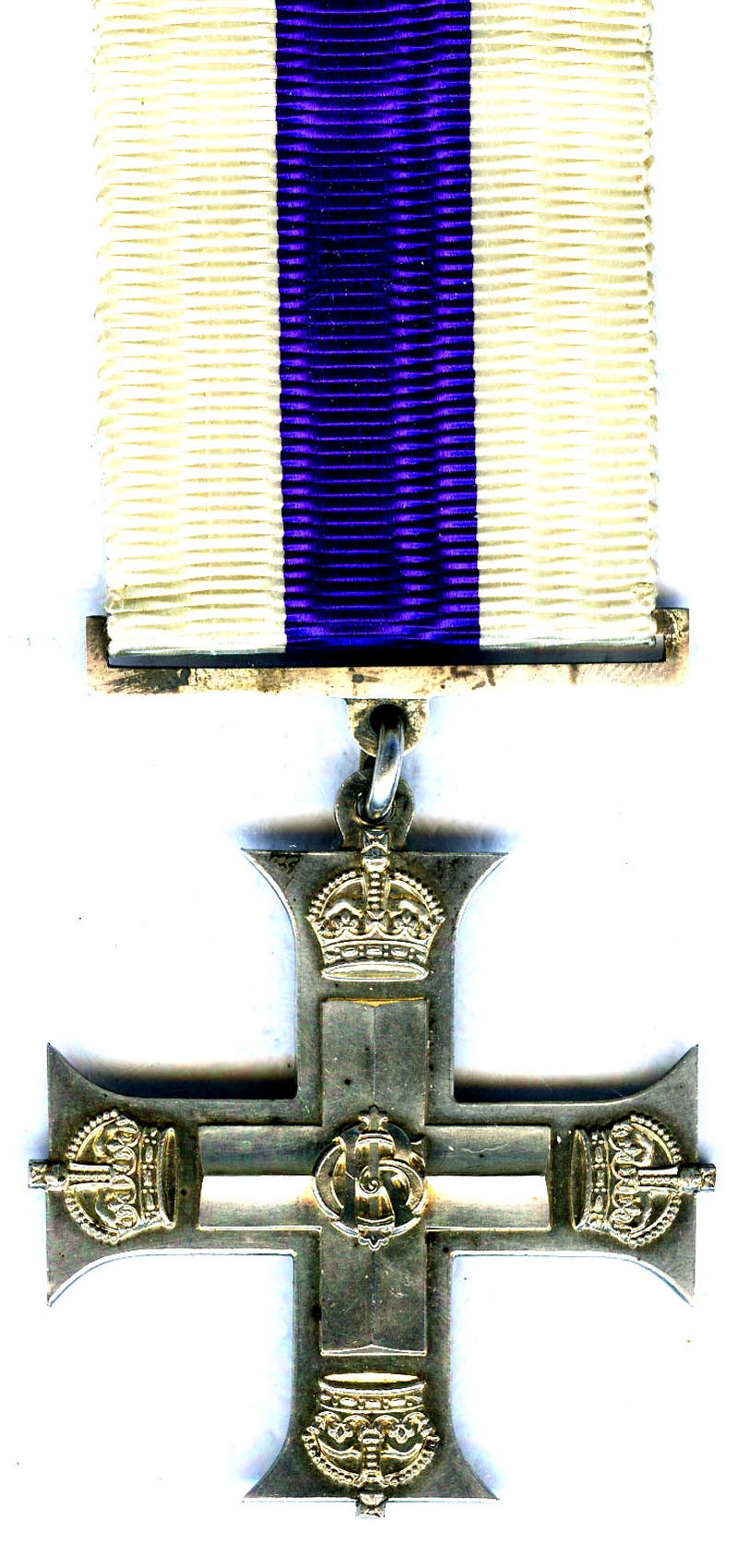
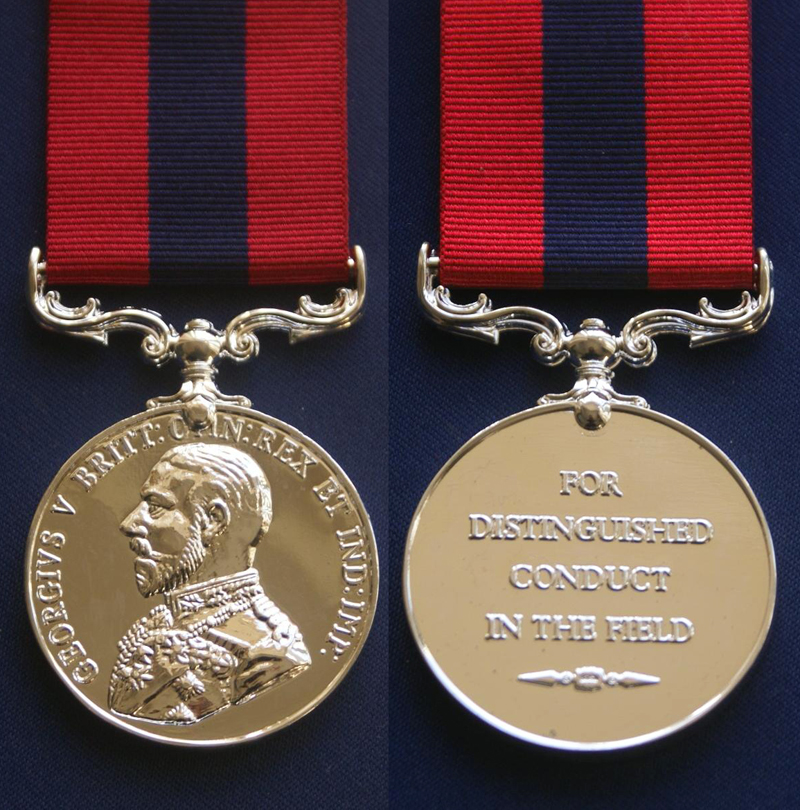
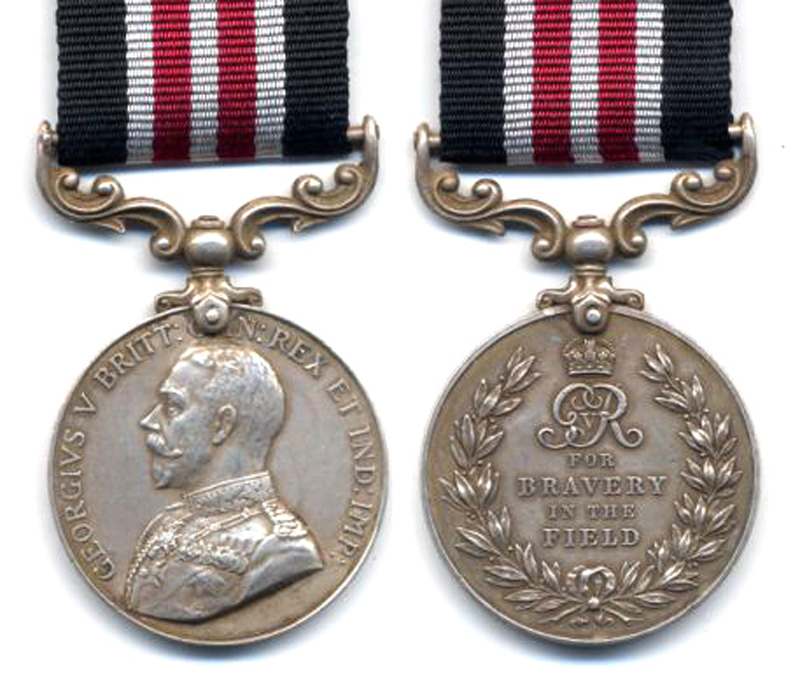
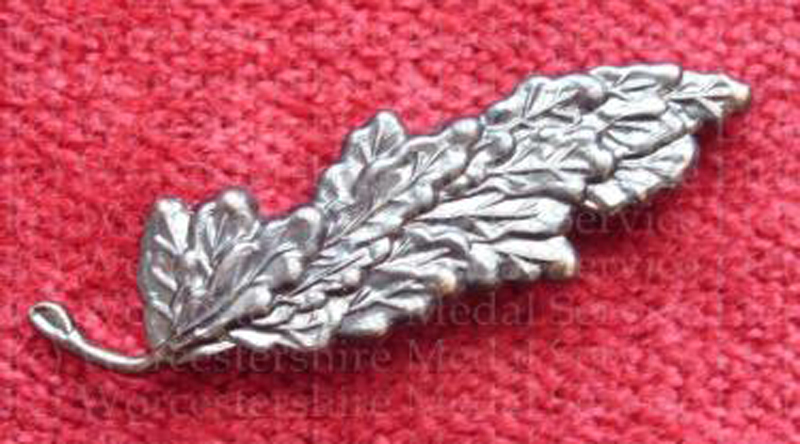

.png)
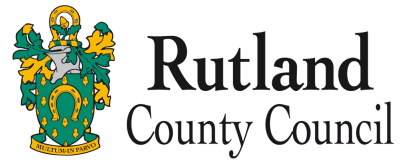

.jpg)





Please wait